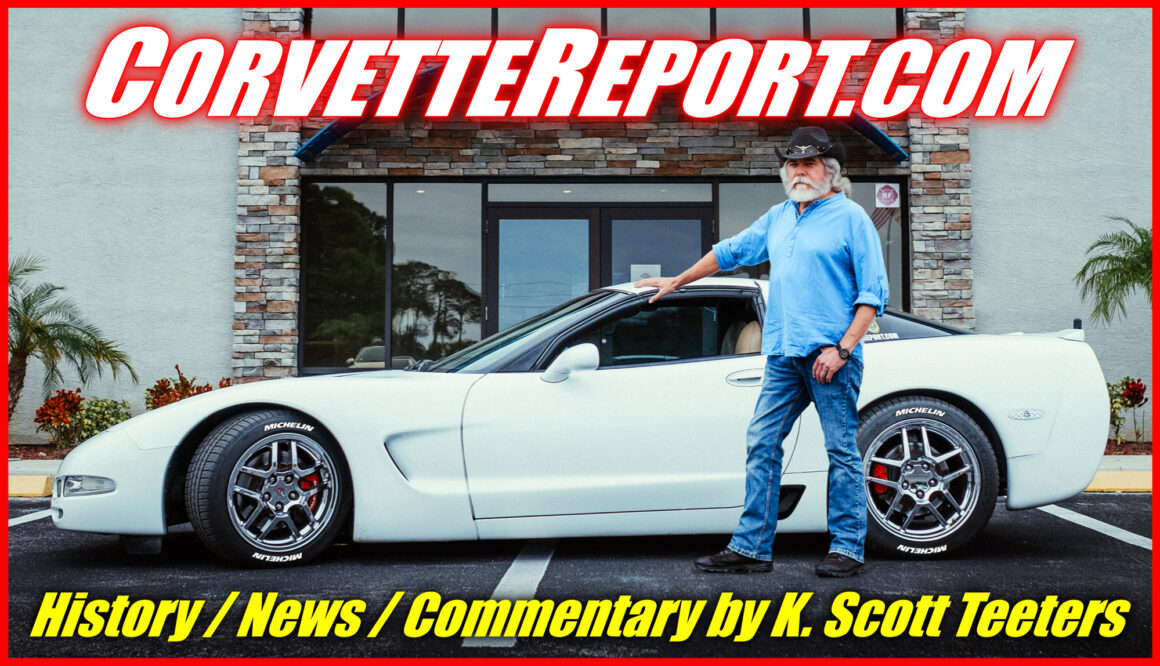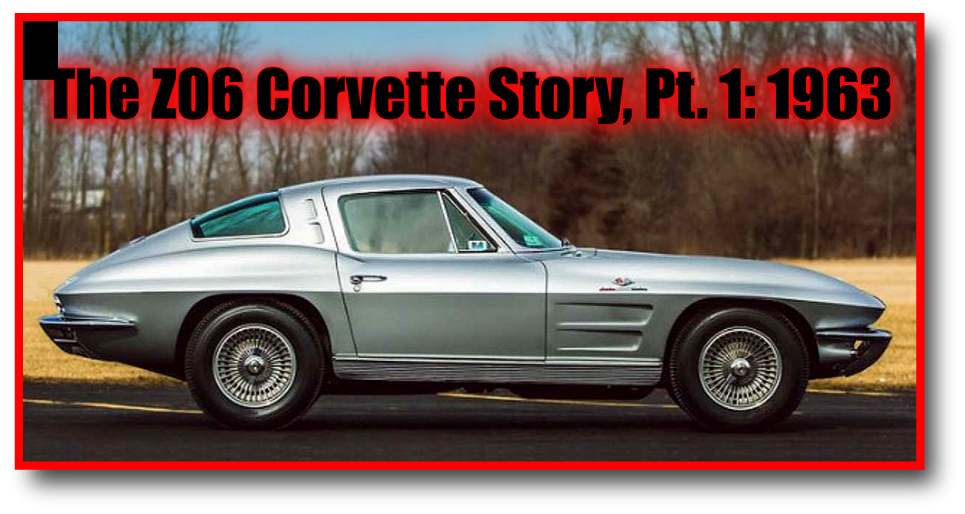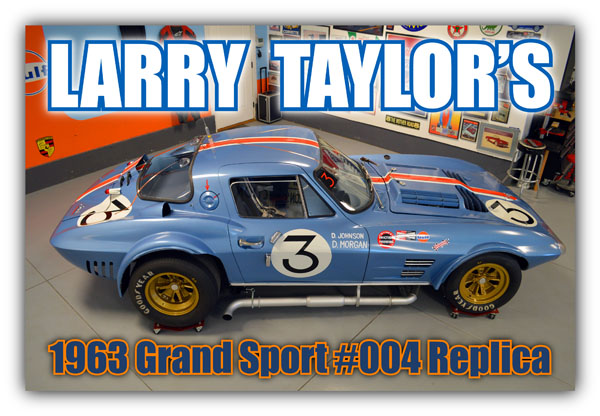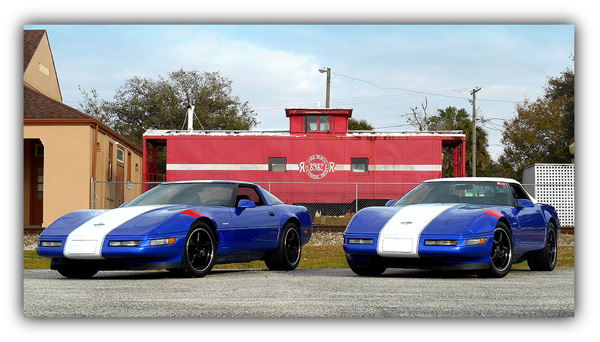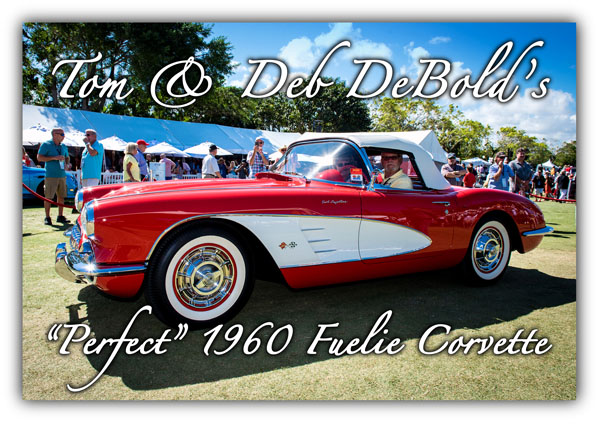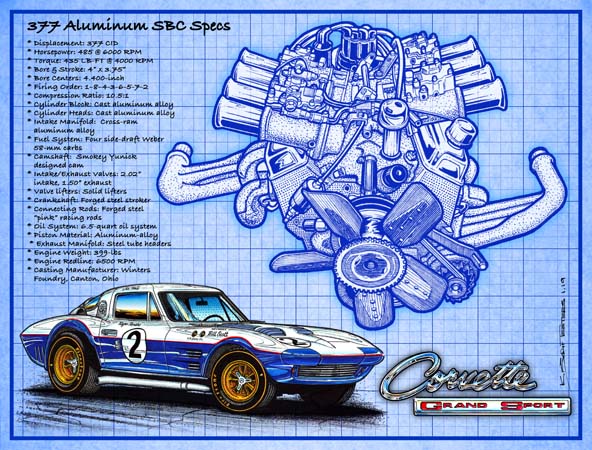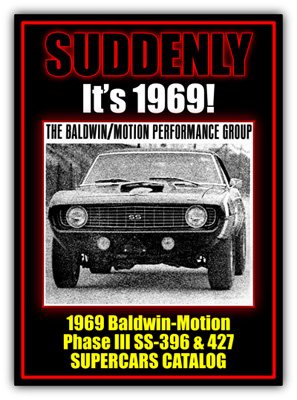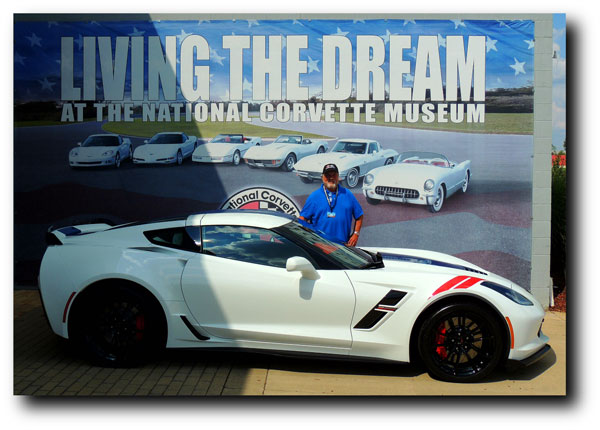The C8 mid-engine Corvette is a arguably the biggest new in the world of Corvettes since the very beginning in 1953. Many of us thought Chevrolet would never offer such a Corvette, but here we are. And thanks to an established pattern of performance track-model Corvettes that started in 2001 when Chevrolet decided to brand the car, “Z06” after the one-year-only 1963 Corvette, subsequent new model Corvettes have offered a Z06 model. Within minutes after the C6, C7, and now C8 Corvettes were debuted, fans second question (after “how much is the new Vette?”) is, “Where’s the Z06?” Yes, we expect it and Chevrolet has not let us down since. Read More
Search Results for: Duntov
Larry Taylor’s Grand Sport Corvette #004 Replica – Videos!
When Grand Sports #003, #004, and #005 arrived in Nassau under the banner of the “Mecom Racing Team”, they were loaded for bear. This is the now classic Grand Sport look; fat racing tires on wide knockoff wheels, aggressive vented hood, and big wheel flares. And under the hoods were Duntov’s latest engine jewels, the all-aluminum 377 small-block Chevy with 58mm side-draft Weber carbs. It was a romp for the grand Sports, as the Cobras were thrashed.
Three months later, the 1964 class win at the 12 Hours of Sebring with Roger Penske at the wheel of Grand Sport #005 would be the high-water park for the Grand Sports. This time period saw extraordinary advancement in racecar technology, such that by the end of 1965, the three-year-old cars were outdated. Read More
The Tale of Two C4 Grand Sport Corvettes in a Tiny Florida Town
Lake Placid is also home to two of the rarest special edition Corvettes, a 1996 Grand Sport Coupe and Convertible. And here’s the kicker – they both reside within two blocks of one another! Ron Ellerman is the original owner of the 1996 Grand Sport Corvette Coupe and John Meyerhoff is the owner of the 1996 Grand Sport Convertible. Read More
Tom & Deb DeBold’s PERFECT 1960 Fuelie Corvette
While the DeBold’s 1960 Fuelie Corvette has won every award there is in the arena of the Corvette hobby, there’s always more. Tom explained that what’s ahead for their Corvette is the Concours D’Elegance circuit and plans to do two or three shows per year. Read More
1963 Aluminum 377 Small-Block Chevy Engine
The design parameters of Cole’s SBC were that the engine should be; small, lightweight, simple, and inexpensive. Cole reasoned that an aluminum version of the SBC using a new aluminum-silicone alloy would be obviously lighter and probably less expensive to make. To keep costs down, there would be no valve seat inserts, no pressed-in valve guide inserts, or cylinder liners. But sometimes a simple idea turns out to not be so simple.
Problems started right from the beginning. The complex molds used sand cores and the completed castings required extensive machining. Sand-cast aluminum is high in porosity and low in density. During machining, cavities would open up in the castings, causing a high rejection rate, which drove up cost. Aluminum pistons on aluminum bores were hard to lubricate and would scuff the bores. Between the strength of materials and the casting challenges, pouring aluminum into molds designed for cast iron wasn’t going to work for mass-production Read More
Vintage 1969 Baldwin-Motion Phase-III SS-427 Supercars PDF Catalog Booklet
One day in early 1969 on the newsstand, I spotted the screaming yellow Corvette on the cover with the cover copy saying something like, “Baldwin-Motion Phase III SS-427 Corvette Supercar!” As much as I loved the new Corvette, I loved the Phase III Corvette better! It had flared wheel wells and deep-dish Cragar Mags shod with FAT L60-15 tires. Atop of the stock 427 hood bulge was a ’67 Stinger hood scoop and a Pontiac hood-mounted tach. Finishing the setup was a set of 1965-1967 Corvette side pipes. WOW! Read More
Doug MacDonald’s 2017 Dave MacDonald Grand Sport Tribute Corvette
In late September 1962, 16-year-old Doug MacDonald had such a defining moment. Doug’s big brother was road racing legend and 2014 National Corvette Museum Hall of Fame Inductee, Dave MacDonald. When your brother is eleven years older than you, while you are growing up, your perception is that your sibling is “one of the adults.” In 1960, Dave MacDonald started racing a 1957 Corvette when he was 23 years old and Doug was only 13, so the best Doug could do was hang around on the sidelines, take in as much as he could understand, and do his best to stay out of the way! Read More
Corvette E-Booklets
Downloadable PDF Files – Click the thumbnails to download. Duntov Files: Pt 1 – Zora’s 427 ZL-1 Racer Duntov Files: Pt 2 – 1969 Small Blocks Road Test Duntov Files: Corvette News Marque of Zora… Read More
